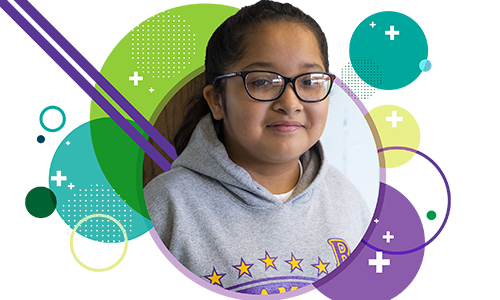How to use assessment and grade-level texts
to close the opportunity gap
We’ve all heard about the gaps in student performance in our schools for years: some student groups consistently perform below grade-level expectations, and they have done so for decades. These gaps persist all the way through the K–12 education system, and too many kids leave high school without the reading and mathematics skills they need to succeed in college and career. In fact, according to The Opportunity Myth, “[w]hile more students than ever before are enrolling in college, far fewer are succeeding once they get there,” with 40% of young adults taking one remedial course or more. Meanwhile, employers say that young people who skip college, opting for the workforce instead, “enter their roles missing the skills they need to do their jobs well.”
Despite the best efforts of educators, policymakers, and education reformers, these gaps aren’t diminishing over time. For example, the 1992 NAEP results showed a gap of 26 points between Black and white students nationally on the eighth-grade reading assessment and, nearly 30 years later, in 2019, this gap increased to 27 points. This lack of progress is unacceptable.
View articleTopics: Equity
Products: MAP Reading Fluency







